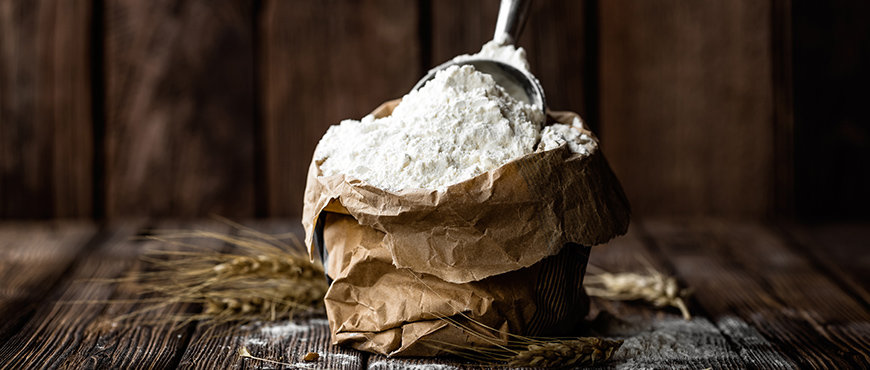Happy New Flour – All About Buckwheat Flour
This decade has been the age of a lot of changes. People have moved from being wild and carefree to aware and conscious, especially when it comes to self-care and self-love. That includes, treating your body right and working towards a healthier future. This decade saw a rise in awareness and demand for organic products.
So let’s continue this amazing trend and start the new decade with a new resolution. A resolution that you don’t need to actively work on to actually let it bring a change to your life! It’s as simple as changing something in your pantry. We’re talking about introducing Buckwheat flour to your daily diet!
Having said that, let us first introduce you to Buckwheat flour and give you a headstart on bringing this change in your life!
Buckwheat Flour is made from the common Buckwheat plant. Did you know that even though it’s called Buckwheat, it’s not really wheat? In fact, it is actually related to rhubarb and knotweed.
Not only that but because of its complex carbohydrate composition and its culinary uses being similar to that of a cereal, Buckwheat is actually a pseudocereal!
2. Buckwheat Origin
Records of first domestication and cultivation of Buckwheat date back to 6000 BCE in Southeast Asia. The oldest remains of Buckwheat pollen found in Japan date back to 4000 BCE.
3. Facts
Buckwheat is considered as one of the healthiest foods in the world. In fact, when people from India follow a special diet during the festivities of Navaratri, they use Buckwheat flour as a healthy alternative for their daily meals.
With the harvesting life of 10-12 weeks, Buckwheat gives a strong competition to its counterpart, wheat, which takes 7-8 months to reach the cultivation stage.
4. Buckwheat Flour Recipes
You can substitute Buckwheat in any of the Indian bread recipes to get a densely textured bread. A recipe like Paneer Rolls will benefit a lot from the depth in quality of a dough made with Buckwheat flour. Having said that, the preparation process for Buckwheat flour is very different as it requires binding agents like potatoes or other types of flours to form a sustainable dough.
The strong flavor of rotis, paratha or any Indian bread made with Buckwheat flour dough also matches well with flavoursome Indian vegetables and curries like Palak Paneer, Dum Paneer and Vegetable Makhani.
5. Substitutes Of Buckwheat Flour
Oats Flour , Bajra Flour , Jowar Flour and Ragi Flour are great substitutes of Buckwheat flour as they are also quite healthy and equally dense.
6. Taste
Buckwheat flour has a lot more nutty and earthy flavor and tastes extremely rich. It does give a new balance to strongly-flavoured recipes and adds a lot more depth to mildly flavoured foods like pasta, crepes, and pancakes.
We’re sure you’d find many more ways to use it and elevate your culinary skills to the next level. Until then, start this new decade by working towards a future filled with nourishment as treat your body right by using Buckwheat flour.





